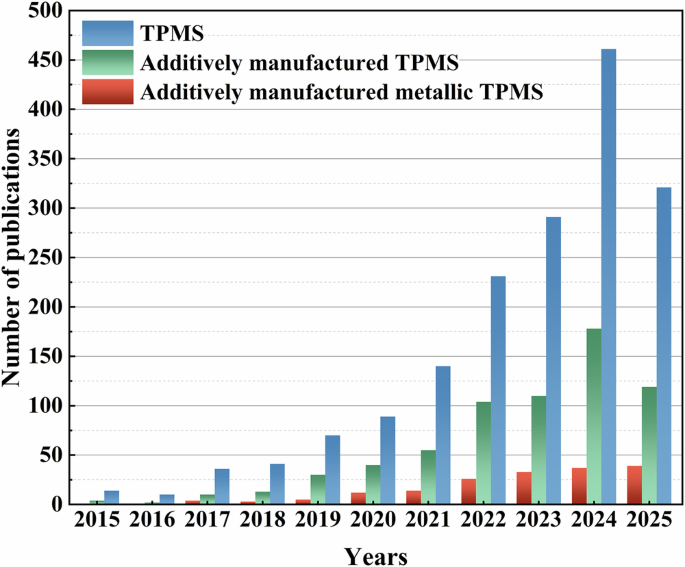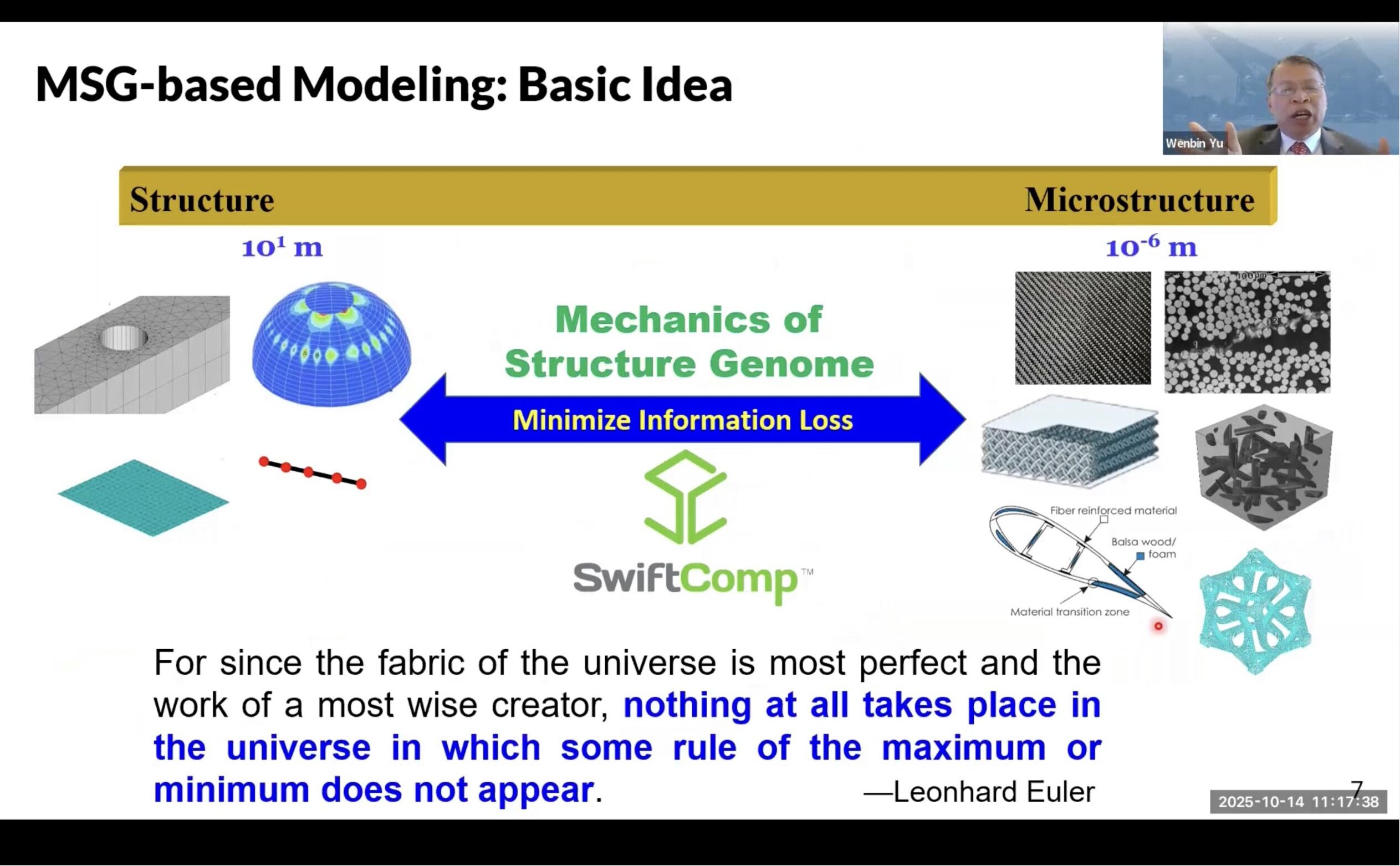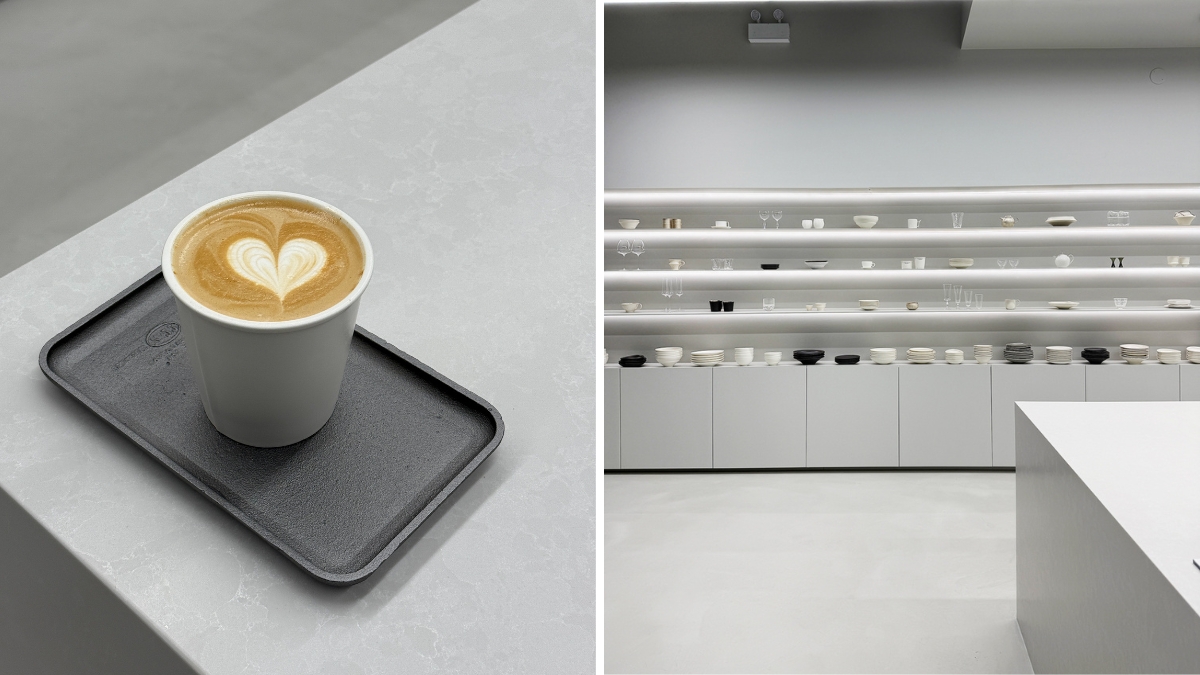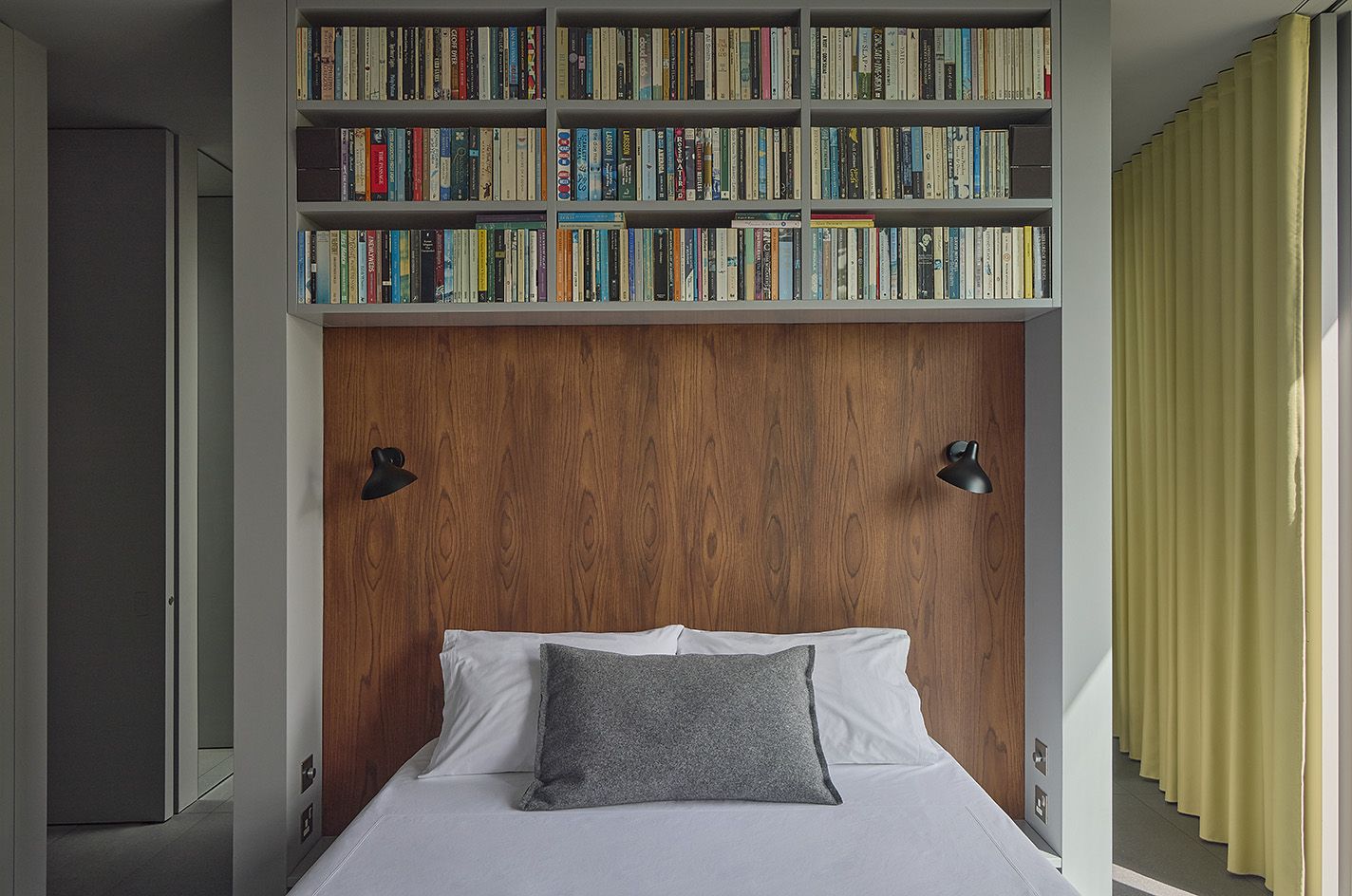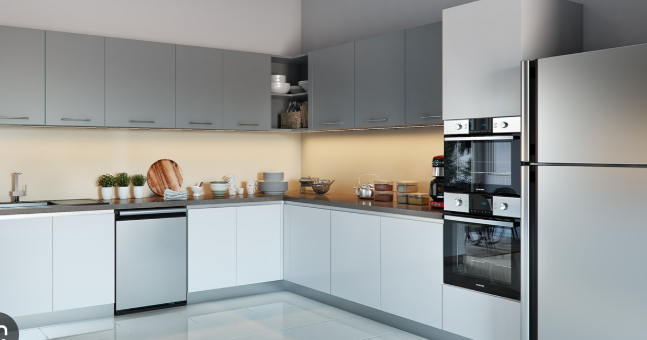Design method for the structure of a gravitational wave detection telescope with low TTL noise

Suppression method of NG-TTL coupled noise within the telescope
The NG-TTL noise within the telescope is related to the wavefront aberration at the small pupil and pointing jitter. As shown in Fig. 4, previous research has found that defocus, astigmatism, primary spherical aberration, and secondary astigmatism contribute the most to NG-TTL noise26.

The contributions of various aberrations to the NG-TTL noise.
To establish the relationship between the wavefront aberration at the small pupil and the NG-TTL noise within the telescope, the following function is constructed.
$$f=C_\textNG \times Z_\textpupil$$
(8)
In the equation, CNG27 is the coefficient matrix, with units of pm Hz-1/2 nm-1/2.
$$C_\textNG=diag\left( 0.0977,0.1,0.0397,0.0344 \right)$$
(9)
Zpupil is the sensitive aberration at the small pupil.
$$Z_\textpupil={\left[ {\beginarray*20l Z_4^\textPupil&Z_5,6^\textPupil&{Z_9^\textPupil}&{Z_12,13^{{{\textPupil}}}} \endarray} \right]^T}$$
(10)
In the off-axis four-mirror telescope, variations of the surface shape and rigid body displacement of all mirrors can affect the wavefront aberration of the telescope’s small pupil. The surface shape variations and system wavefront aberration can both be represented in the form of Zernike polynomials. The deformation of the telescope structure due to gravity and temperature is very small, with rigid body displacements on the order of microns or micro radians (µm, µrad) and surface shape changes on the order of nanometers (nm). It can be assumed that the small pupil wavefront aberration is related to the rigid body displacements and surface shape variations through a polynomial relationship. Thus, the wavefront aberration of the telescope’s small pupil can be expressed as:
$$Z_\textpupil^\text1=Z_\textpupil^\text0+\sum {C_\textpupil^i \times [\beginarray*20c R_\textmirro^i&W_\textmirro^i \endarray]}$$
(11)
Where Z1pupil represents the Fringe Zernike coefficients of the wavefront aberration at the small pupil position after structural deformation; Z0pupil represents the Fringe Zernike coefficients of the wavefront aberration at the small pupil in the ideal state; Cpupil represents the transfer coefficient matrix from structural deformation to the wavefront aberration of the telescope’s small pupil; Rmirro represents the rigid body displacement of mirror; Wmirro represents the surface shape variations of mirror.
$$R_\textpupil^1=[\beginarray*20l DX&DY&DZ&RX&RY&RZ \endarray]^T$$
(12)
$$W_\textmirro^1 = [\beginarray*20l Z_0^\textPM \hfill & Z_1,2^\textPM \hfill & … \hfill & Z_36^\textPM \hfill \\ \endarray ]^T$$
(13)
In the equation, DX, DY, and DZ represent the rigid body displacements of the mirror in three translational directions, while RX, RY, and RZ represent the rigid body displacements in three rotational directions.
The final sensitive aberration at the telescope’s small pupil position can be expressed as:
$$f=C_\textNG \times \left( {Z_\textpupil^\text0+\sum {C_{{{\textpupil}}}^i \times [\beginarray*20c {R_{{{\textpupil}}}^i}&{W_{{{\textmirro}}}^i} \endarray]} } \right)$$
(14)
The evaluation function for the NG-TTL noise of the gravitational wave telescope can be defined as:
$${F_{\textNG}}=f^Tf=\sum\limits_i=1^4 f_i$$
(15)
In the equation, fi indicates the influence of the structural deformation of the i-th mirror on the final sensitive aberration at the telescope’s small pupil position.

The influence of rigid body displacement of the primary mirror on the sensitivity aberration: power (a), astigmatism (b), primary spherical aberration (c), and secondary astigmatism (d).
In Zemax software, different rigid body displacements and surface shape variations are applied to the primary mirror, and the transfer coefficient matrix Cpupil is calculated by analyzing the variations of sensitive aberration at the small pupil. The rigid body displacement of the primary mirror affects the wavefront aberration at the small pupil position. Rigid body displacements of 1 μm (µrad) were applied to the primary mirror in six degrees of freedom, respectively. Figure 5a,b,c,d show the variations of defocus, astigmatism, primary spherical aberration, and secondary astigmatism with the rigid body displacement. By analyzing Fig. 5a,c, it can be seen that the defocus and primary spherical aberration at the small pupil are mainly related to the Y-direction translation (DY), Z-direction translation (DZ), and X-direction rotation (RX) of the primary mirror. And all exhibit linear relationships. By analyzing Fig. 5,b,d, it can be seen that astigmatism and secondary astigmatism at the small pupil are related to rigid body displacements in five directions except for Z-direction rotation (RZ). And they are linearly related to DY, DZ, and RX, and proportional to the square of X-direction translation (DX) and Y-direction rotation (RY). Through the analysis of Fig. 5, it is evident that the impact of the primary mirror’s rigid body displacement on defocus and astigmatism in the sensitive aberrations is far greater than that on primary spherical aberration and secondary astigmatism.
The transfer coefficient matrix from the primary mirror’s rigid body displacement to the wavefront aberration at the small pupil position is shown in Table 2. The transfer coefficient matrix obtained is substituted into Eq. 11, resulting in the conclusion: The change in the NG-TTL noise of the system caused by a 1 μm (µrad) rigid body displacement of the primary mirror is on the order of 0.1 pm·Hz-1/2.

The influence of surface shape variations of the primary mirror on the sensitivity aberration: power (a), astigmatism (b), primary spherical aberration (c), and secondary astigmatism (d).
The surface shape variations of the primary mirror can also affect the wavefront aberrations at the small pupil. Figure 6a,b,c,d respectively show the impact of the primary mirror’s 21st-order fitting aberrations on the defocus, astigmatism, first-order spherical aberration, and second-order astigmatism at the small pupil position. By analyzing Fig. 6a, it can be seen that the defocus at the small pupil is mainly related to the defocus, first-order spherical aberration, and second-order spherical aberration among the high-order spherical aberrations in the primary mirror’s surface shape fitting aberrations. By analyzing Fig. 6b, it can be found that the astigmatism at the small pupil is mainly related to astigmatism, first-order astigmatism, and second-order astigmatism among the high-order astigmatisms in the primary mirror’s surface shape-fitting aberrations. As shown in Fig. 6c, the primary spherical aberration at the exit pupil position is mainly influenced by the higher-order spherical aberration in the primary mirror’s surface shape-fitting aberrations. As shown in Fig. 6d, the secondary astigmatism at the exit pupil position is primarily affected by the higher-order astigmatism. Subsequent analysis will focus on the spherical aberrations and astigmatism aberrations in the primary mirror’s surface shape-fitting aberrations.
The transfer coefficient matrix from the primary mirror’s surface shape variation to the wavefront aberration at the small pupil position is shown in Table 3. The transfer coefficient matrix obtained is substituted into Eq. 11, resulting in the conclusion: The NG-TTL noise variation caused by a 1 nm surface shape variation of the primary mirror is on the order of 0.1 pm·Hz-1/2. This is in the same order as the NG-TTL noise impact caused by rigid body displacement.
Under the same environmental disturbances, changing the parameters of the support structure can control the rigid body displacement and surface shape variations of the mirror. Different rigid body displacements and surface shape variations of the mirror will result in different wavefront aberrations at the small pupil, which correspond to different NG-TTL noises within the telescope. Therefore, by adjusting the parameters of the mirror support structure, the NG-TTL noise within the telescope can be controlled.
Desensitization design method flow
Based on the analysis in Section 3.1, a design method for structure of a gravitational wave detection telescope with low TTL noise sensitivity is proposed. As shown in Fig. 7, the design process consists of four main steps:

Flow diagram for structure of a gravitational wave detection telescope with low TTL noise sensitivity.
-
(1)
Construct the initial model of the support structure component according to the design constraints.
-
(2)
RMS optimization. According to the error distribution, the tolerance requirements for each mirror component are obtained. Based on the working environment requirements of the structure, the performance parameters of the designed support structure are calculated using finite element software. By optimizing the structural parameters, a support structure design scheme that meets the system’s RMS requirements is obtained.
-
(3)
TTL sensitive parameter calculation. According to Section 3.1, the transfer coefficient matrix from rigid body displacement and surface shape variations to NG-TTL noise is obtained. Establish a sensitivity evaluation function for NG-TTL noise. Through experimental design, complete the sensitivity analysis of the evaluation function with respect to various structural parameters.
-
(4)
Noise sensitivity optimization. According to the TTL sensitivity function established above, the size parameters of the support structure are optimized and iterated, and the structural design scheme that can meet the performance requirements is finally obtained.
link


